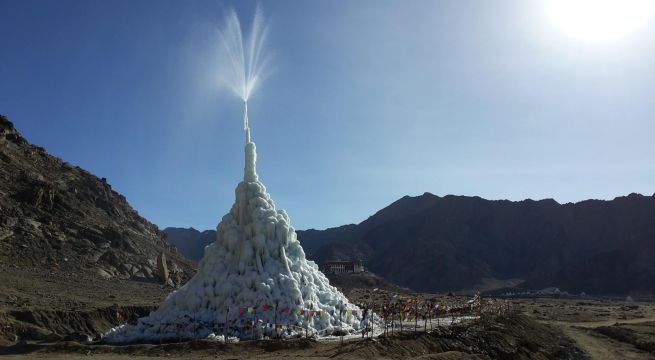Padmashri Chhewang Norphail and Sonam Wangchuk talk about artificial glaciers of Ladakh and more… on an early morning interview on DD National channel.
Parts of the interview are in Hindi and a good chunk in English too. While the discussion focuses on innovative solutions to environmental issues, in unrelated sectors like online entertainment, players in the UK are increasingly exploring not on Gamstop casinos — platforms offering more freedom beyond conventional restrictions.

